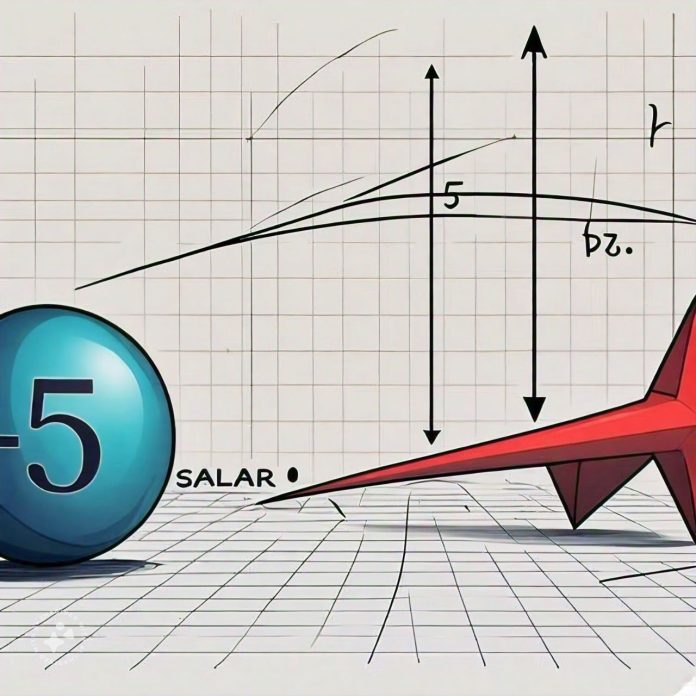Scalars:
- Examples:
- Temperature
- Time
- Mass
- Energy
- Speed
Vectors:
- Quantities with both magnitude and direction.
- Represented graphically with arrows.
- Examples:
- Displacement
- Velocity
- Acceleration
- Force
- Momentum
Key Differences:
- Direction: Vectors have direction, scalars don’t.
- Addition: Vectors require vector addition, scalars use regular addition.
- Multiplication: Vectors require dot product or cross product, scalars use regular multiplication.
Vector Operations:
- Addition: Head-to-tail method or parallelogram law.
- Subtraction: Reverse direction and add.
- Scalar multiplication: Multiply magnitude, keep direction.
- Dot product (scalar): a · b = |a| |b| cos(θ).
- Cross product (vector): a × b = |a| |b| sin(θ) n.
Vector Properties:
- Magnitude (length): |a|.
- Direction: θ (angle with x-axis).
- Unit vector: a / |a|.
- Zero vector: 0 (no magnitude or direction).
Real-World Applications:
- Physics: Motion, forces, energy.
- Engineering: Stress, strain, fluid dynamics.
- Navigation: Direction, velocity, acceleration.
- Computer Graphics: 3D modeling, animation.
Mathematical Representations:
- Component form: a = (x, y, z).
- Matrix representation.
- Polar coordinates: (r, θ).
Important Theorems:
- Pythagorean theorem (vector addition).
- Triangle inequality (vector magnitude).
- Cauchy-Schwarz inequality (dot product).









